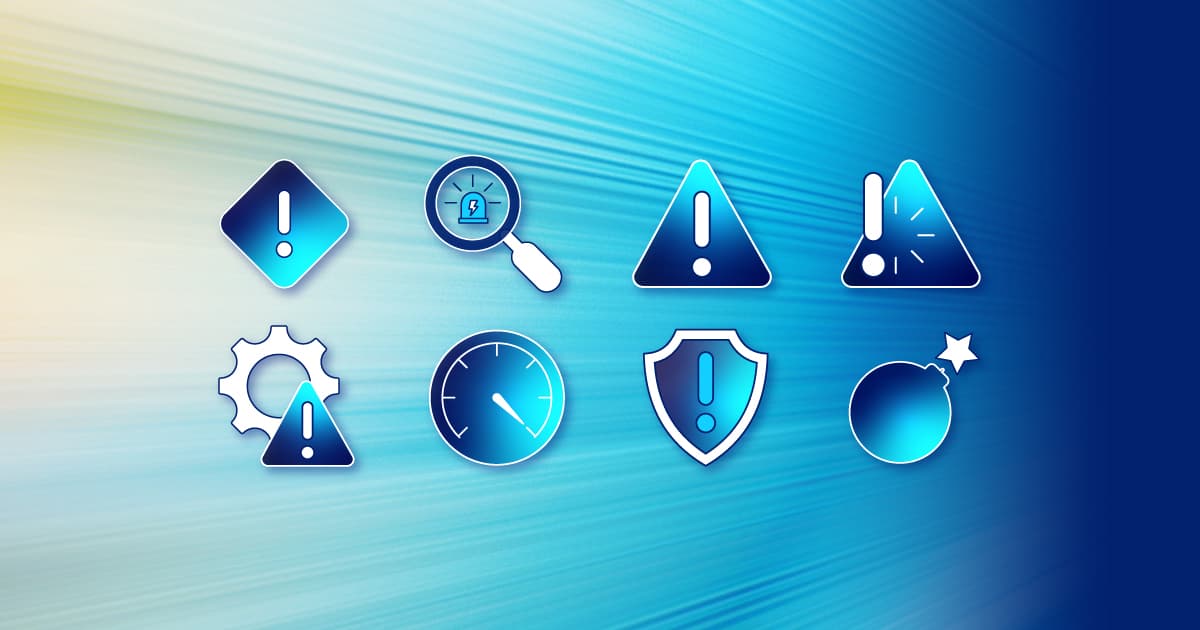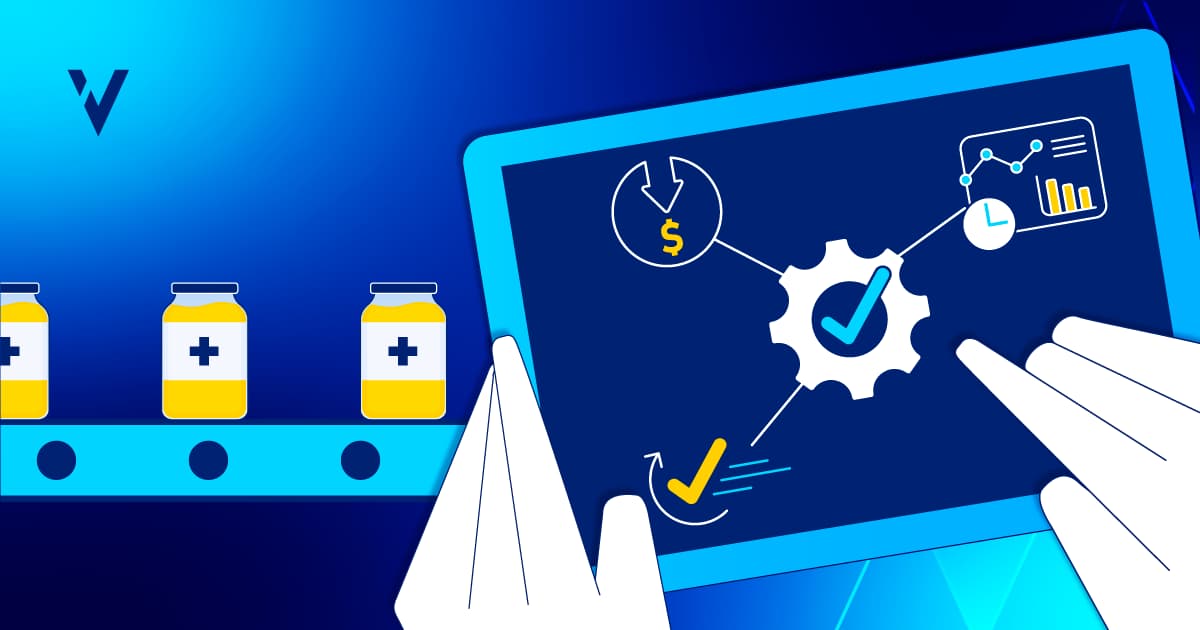The pharmaceutical and biopharmaceutical industries strive to ensure the highest quality standards during manufacturing while maximizing efficiency and minimizing costs. A crucial part of this effort is the Continued Process Verification (CPV) system. Traditionally, CPV has been managed manually, but with advancements in digital technologies, digital CPV is becoming a more efficient, data-driven, and proactive alternative.
This blog post will dive into how digital CPV saves both time and resources compared to the traditional manual-based CPV method, highlighting key concepts such as pharmaceutical development, manufacturing processes, process controls, product specifications, and lifecycle management.
Pharmaceutical Development: Speeding Up Research and Enhancing Understanding
Pharmaceutical development is one of the key stages where the manual and digital approaches differ substantially. A manual CPV system is resource-intensive, requiring significant amounts of time and personnel to investigate multiple variables sequentially. Additionally, this approach increases the chance of missing interactions between variables that could affect the quality or performance of the final product.
In contrast, a digital CPV system uses multivariate analysis to understand both the product and the processes involved. It considers the establishment of a design space, which allows for a deeper and more comprehensive understanding of how various factors influence each other, ultimately providing better process understanding and assurance of quality. Moreover, digital CPV employs advanced data collection tools that automatically gather relevant data, reducing the subjectivity inherent in risk assessments and enabling faster, more accurate decision-making.
By automating data collection and analysis, digital CPV can significantly reduce the time needed for pharmaceutical development. The ability to continuously monitor multiple variables simultaneously ensures that the development process is both faster and more reliable, ultimately leading to better product quality while conserving resources.
(Read Industry Insight: Digital CPV for Continuous Manufacturing by ValGenesis Senior Consultant Daniel Pais for a deeper analysis.)
Manufacturing Processes: Continuous Adjustments vs. Fixed Batches
In a manufacturing process, the time- and resource-saving potential of digital CPV becomes even more pronounced. Leveraging digital CPV enables a design space to be used, which in turn minimizes any potential issues in the manufacturing process. Traditionally, without digital CPV, this issue might go unnoticed until the batch is complete, leading to time-consuming investigations and potential waste.
Digital CPV operates continuously, allowing for real-time adjustments within the design space. This enables manufacturers to adjust the process dynamically, adding robustness and flexibility while ensuring that any deviations from the expected process are corrected immediately, preventing defects and reducing the need for rework or discarded batches.
| ASPECT | MANUAL CPV | DIGITAL CPV |
| Manufacturing approach | Historical review after production is finished. No possibility of preventing deviations. | Continuous process monitoring, adjustable within the design space. |
| Response to deviations | Reactive—issues are addressed after the fact. | Proactive—real-time adjustments are made to prevent issues. |
| Flexibility | Limited flexibility—focused on optimization and reproducibility. | Higher flexibility, and process robustness increases throughout production. |
Table 1: Differences in manufacturing processes between digital and manual CPV.
By allowing continuous adjustments and real-time decision-making, digital CPV reduces the number of failed batches, which saves both time and resources. Furthermore, the ability to operate within a well-defined design space reduces the need for costly investigations and corrective actions after production.
Process Controls and Product Specifications: From Reactive to Proactive
Process controls and product specifications are crucial to maintain product quality during manufacturing. In a manual CPV system, process controls are generally based on the batch data available at the time of registration, with quality control relying heavily on intermediate and end-product testing. This reactive approach can result in significant delays in identifying and addressing quality issues, leading to wasted time and resources and, in some cases, product recalls.
Digital CPV, on the other hand, leverages Process Analytical Technology (PAT) tools to continuously monitor the manufacturing process in real time. These tools provide feedback and feed-forward controls that optimize product performance using relevant data as it is generated. This proactive approach allows manufacturers to detect and address quality issues before they become major problems, ensuring a more consistent and reliable product.
(Read Industry Insight: The Path to Digital CPV by ValGenesis Consultant Maria Batalha for a deeper analysis.)
| ASPECT | MANUAL CPV | DIGITAL CPV |
| Process control | In-process tests are used primarily for go/no-go decisions. | Real-time data is used for continuous optimization and control. |
| Product specification | Based on batch data available at registration. | Based on real-time data to ensure product performance. |
Table 2: Process control and product specification differences between digital and manual CPV.
This shift from a reactive to a proactive system dramatically reduces the time spent on investigations and corrections while improving overall product quality. Moreover, the ability to monitor processes continuously ensures that resources are used more efficiently, with fewer batches failing quality tests and requiring rework or disposal.
Lifecycle Management: Preventive vs. Reactive Maintenance
Lifecycle management is another area where digital CPV offers significant advantages. In a manual CPV system, lifecycle management is largely reactive, meaning that actions are only taken once an issue has been identified. For example, if a process deviation occurs, the manufacturer may not become aware of it until the product is being analyzed before batch release, requiring time-consuming investigations.
In contrast, digital CPV uses predictive analytics to identify potential issues before they occur. By continuously monitoring process data in real time, digital CPV systems can trigger alarms and initiate preventive actions when deviations are detected. This ensures that corrective measures can be taken before the process deviates significantly from the desired state, reducing downtime, waste, and the need for costly investigations.
Resource Savings: Reduced Labor and Material Waste
One of the most significant ways in which digital CPV saves resources is by reducing the need for manual labor. In a manual CPV system, highly skilled personnel are required to collect, organize, and analyze data, as well as generate reports. This process is both time-consuming and prone to human error, which can lead to delays and inaccurate results.
With digital CPV, many of these tasks are automated, freeing up personnel to focus on higher-level tasks like data interpretation and decision-making.
Automated data collection and analysis also reduce the risk of errors, ensuring that the data used to make decisions is accurate and reliable. In addition, the ability to continuously monitor processes in real time means that issues can be identified and addressed more quickly, reducing the amount of material waste and the need for rework.
The Future is Digital
In conclusion, digital CPV offers a clear advantage over traditional CPV by automating many of the tasks that were previously performed manually, minimizing human errors, allowing for real-time monitoring and adjustments, and fostering a proactive approach to process control.
By adopting digital CPV, manufacturers can reduce the time spent on investigations, decrease material waste, and improve overall product quality. Additionally, the ability to continuously monitor and adjust processes in real time ensures that resources are used more efficiently, ultimately saving both time and money.
In the long run, the shift to digital CPV is not just a cost-saving measure—it is a necessary step toward creating a more efficient, flexible, and robust manufacturing process.
Our team is ready to support you in implementing an effective digital CPV strategy for your processes. Explore our solution, and feel free to reach out to us with any questions or for guidance.
Maria Batalha
Consultant


